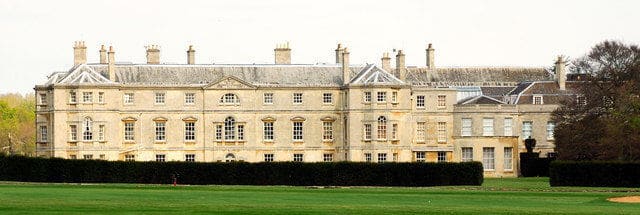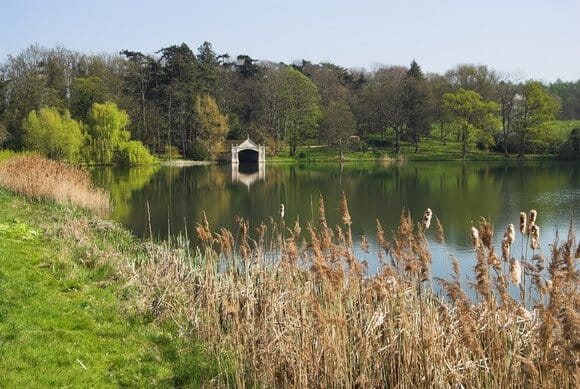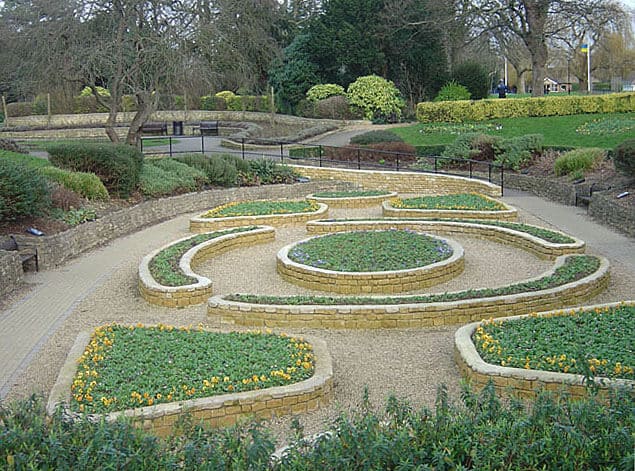Parks and Garden

September 12th. and the Local History Society convened it monthly meetings back in the Community hall of St Marks Church for the commencement of the winter program of meetings. W opened this seasons meeting to a packed hall.
The three Summer Historical outside visits have again been very successful and interesting. All were fully booked. The Society would like to extend their grateful thanks the Hosts of those visits. Namely, The Peterborough School in Thorpe Road, Peterborough, The Cromwell Museum and Historic Town Hall, Huntingdon and Elton Village.
The societies successful Annual Charity event in April and the Vivacity, Peterborough Historical weekend in June, attracted many visitors and has resulted in new members and we welcomed several to the meeting this month.
Our Speaker for the evening was the Rev David Bond. The Reverend Bond is the Honorary Assistant Priest at All Saints Church Stamford. He is an enthusiastic historian and also a bell ringer. The subject for the evening talk was ‘Parks and Gardens in the Landscape and the Significance of some of our Local historic Parks and gardens’.
The Reverand Bond began his talk by asking two questions, first, who created gardens and secondly what were gardens created for. The purpose of gardens and parks have changed over the centuries and the early creators of the gardens and parks during the middle ages were the astrocatic wealthy.

Milton hall with its great park was built in in the 1590’s and was one of the first grand scale park and garden to be created in close proximity to Peterborough. There is evidence of an earlier Tudor Deer park within the site.
The great Elizabethan Burghley House in Stamford built in the 1580s is another example of grand parks and garden and there also is evidence of a park that predates William Cecil’s Tudor grand house.

The Cathedral in Peterborough along with other great cathedrals and monasteries were always surrounded by grand gardens, orchards, apothecary gardens and deer parks. Although these large ecclesiastical estates have shrunk over the centuries as towns and cities grew around them
During the 16th and 17th century gardens were beginning to be created by wealthy Gentry and Squires. Formal gardens and Landscape gardens were changing The formal gardens were filled with walks and flowers beds, but the landscaped parks were laid out to beautify and enhance the natural countryside.
As towns developed, public parks were incorporated into town planning as many of the early 18th and 19th century city houses were terraced, closely packed housing with no space for gardens. It was only during the 19th century the Middle classes had houses with space for gardens. Public parks and in some cases a communal private gardens attached to a terrace or square of housing They were a place to be seen promenading and to get fresh air.

The Reverend David’s talk was a fascinating insight to how our love of gardens and parks have developed through the ages.

Leave a Reply